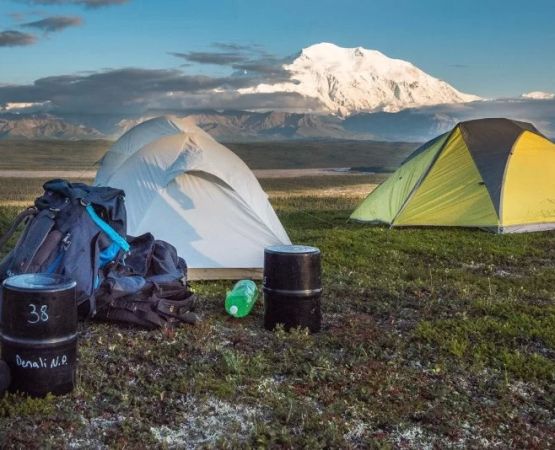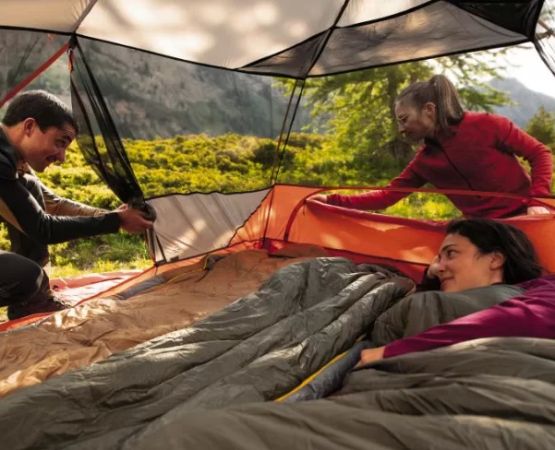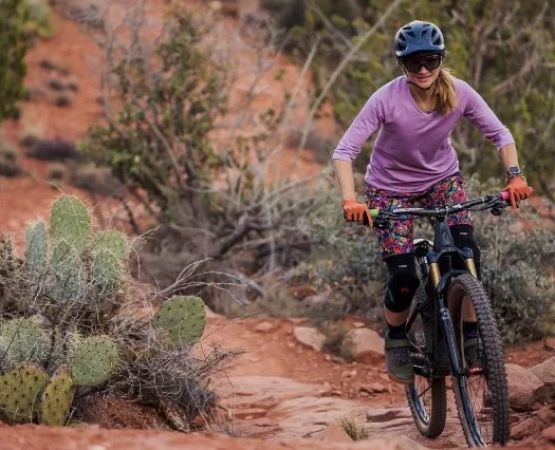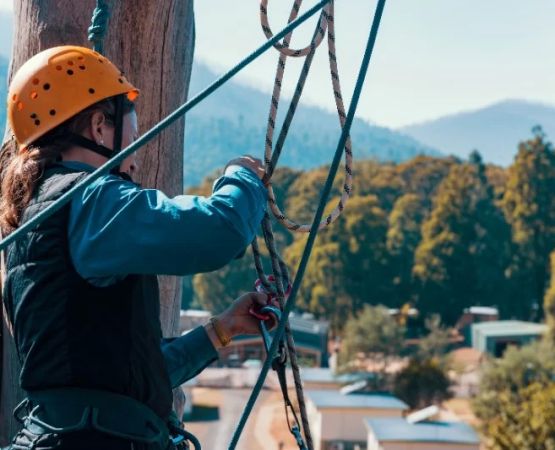- why-choose-a-tent-footprint
- types-of-tent-footprints
- matching-footprint-to-your-tent
- materials-durability-considerations
- real-camping-scenarios-and-stories
- where-to-find-the-right-footprint
1. Why Choose a Tent Footprint: Understanding Its True Value
Choosing the right tent footprint for your tent can make a surprising difference in your camping experience. A tent footprint is essentially a protective layer that sits between your tent and the ground. It acts as a barrier to prevent wear, moisture, and punctures from rocks or roots. But beyond protection, it also extends the life of your tent and provides better insulation from cold or damp surfaces.
Imagine setting up your tent on slightly wet ground. Without a footprint, moisture may seep into the floor material, causing discomfort and long-term damage. With a well-fitted footprint, you not only stay dry but also avoid the slow erosion of your tent’s base. Whether you’re a weekend camper or a backcountry adventurer, this small addition could save you from big headaches down the road.
2. Types of Tent Footprints: Not All Are Created Equal
2.1 Custom Footprints Designed by Tent Manufacturers
Custom-made footprints are designed specifically for a tent model. They match the dimensions perfectly, ensuring full coverage without excess material. These footprints are often made from the same high-quality fabrics as the tent itself, offering consistent durability. The main downside is price—custom footprints are usually more expensive.
2.2 Universal or Generic Footprints
Universal footprints come in standard rectangular sizes and can be trimmed to fit. They are more affordable and versatile, making them great for campers with multiple tents or those on a budget. However, ill-fitting edges may collect rainwater or miss key protection zones.
2.3 DIY Ground Sheets
Some campers prefer creating their own tent footprint using materials like Tyvek, painter’s tarp, or polycro. This allows for budget customization, but requires careful cutting and measuring. DIY options can work well if done correctly, though they lack the professional finishing of manufactured models.
3. Matching the Footprint to Your Tent: A Precision Task
3.1 Measuring for the Perfect Fit
The key to choosing the right tent footprint is accuracy. A footprint that is larger than your tent's base can actually do more harm than good. When it rains, excess material outside the tent edge can collect and funnel water underneath. Ideally, the footprint should be 1–2 inches smaller than your tent floor on all sides.
3.2 Compatibility Matters
Always consider your tent’s shape and size when selecting a footprint. Dome tents, cabin tents, and tunnel tents all have different layouts and need matching ground protection. If you’re using a custom footprint, the manufacturer’s website or packaging usually confirms compatibility. At Pine Cliff Resort, you can find a wide range of tent-specific footprints to fit various models accurately.
4. Materials & Durability Considerations
4.1 Common Materials: Pros and Cons
Tent footprints are made from a range of materials, each offering different benefits:
- Polyester or Nylon with PU Coating: Lightweight, waterproof, and commonly used for custom footprints.
- Tyvek: Durable and breathable, great for DIY enthusiasts.
- Polycro: Ultra-lightweight but prone to tearing under rough conditions.
4.2 Reinforced Corners and Grommets
Durable footprints often feature reinforced corners and grommets that allow for secure stake-down. This ensures stability in windy or uneven terrain. If you're a frequent camper, investing in higher-quality materials with these features will pay off in long-term usability.
5. Real Camping Scenarios and Stories
Last summer, I camped in the backwoods of British Columbia during a week of light rainfall. I used a generic footprint that extended just slightly beyond my tent’s base. The result? Pooled rainwater under my tent by morning. Lesson learned. On my next trip, I used a fitted Tyvek sheet trimmed to size, and my tent floor stayed completely dry.
Another camper at Pine Cliff Resort shared how their high-end tent lasted 5+ years longer simply because they always used a footprint. It had survived snow, desert sand, and rocky riverbanks without a tear—thanks to the added protection of a tough nylon footprint with reinforced corners.
6. Where to Find the Right Footprint: Expert Help and Recommendations
While big-box stores offer basic options, serious campers often find that specialized outfitters provide better quality and knowledge. At Pine Cliff Resort, we offer not just products, but expertise. Our curated selection of tent footprints includes custom-fitted models, trusted DIY materials, and lightweight options for backpackers. Our team can help you choose a footprint that fits your tent and your camping style—whether you need durability for a rugged trek or compact size for a minimalist outing.
The right tent footprint isn’t just a protective layer—it’s an investment in comfort, tent longevity, and peace of mind. Choose wisely, and your tent will thank you trip after trip.







